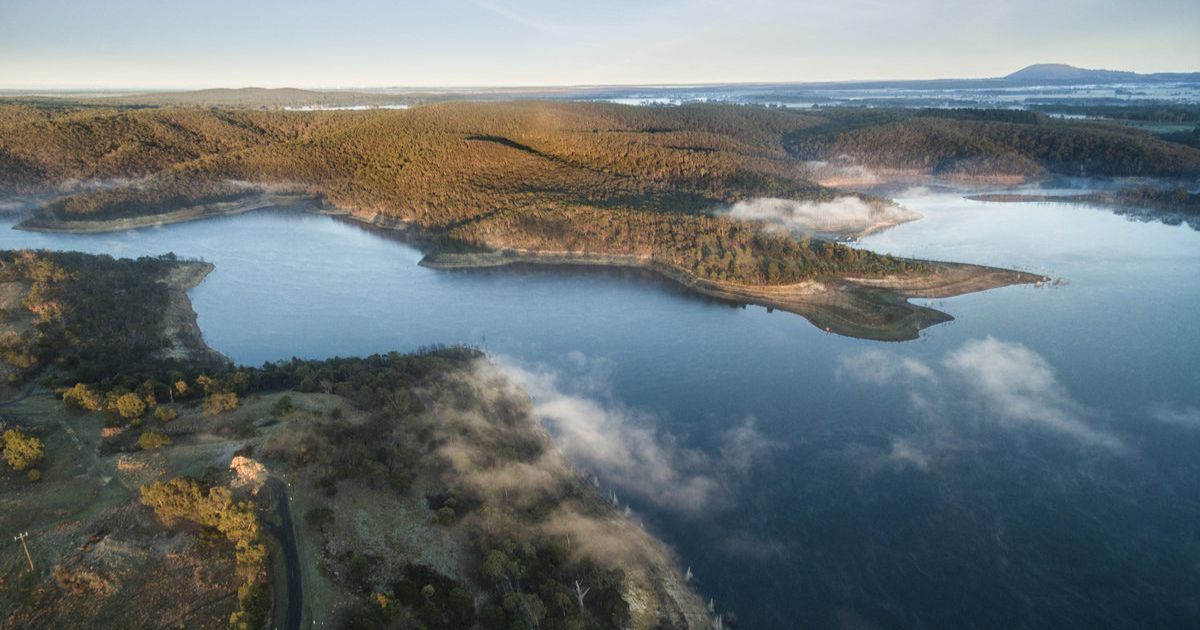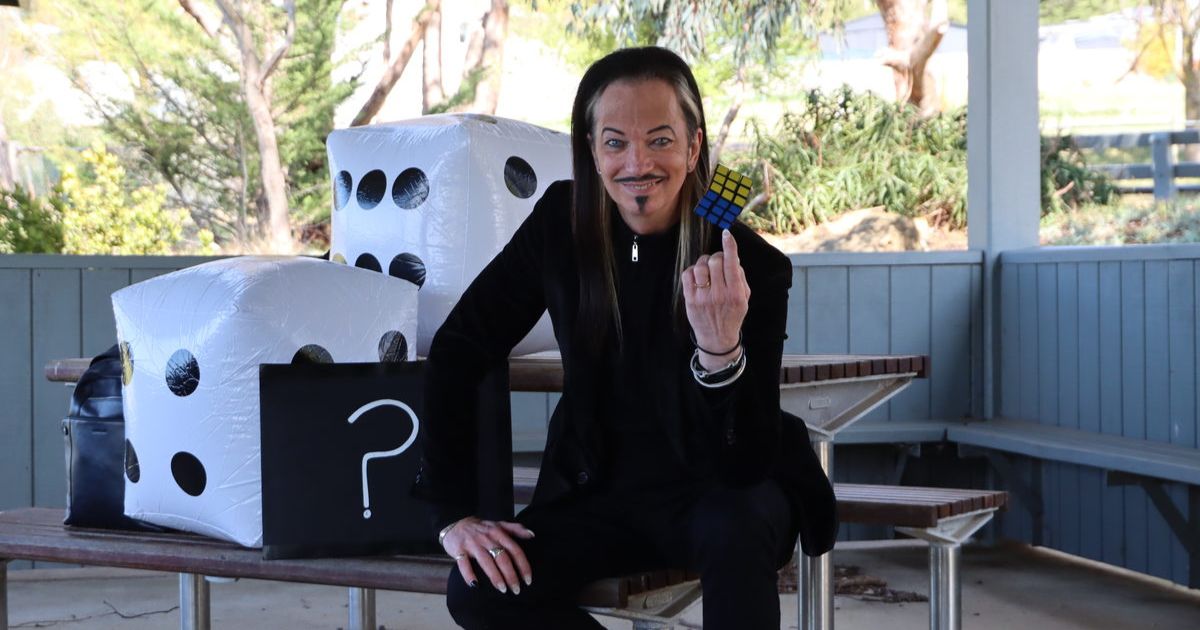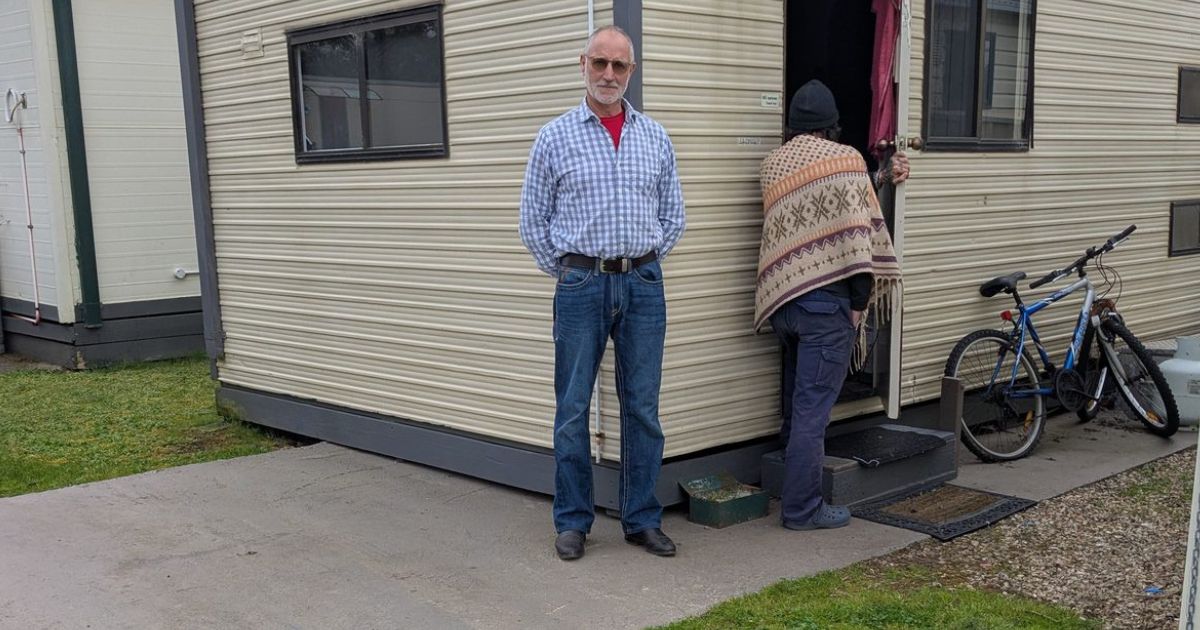Conroy to AusNet: the answer is no
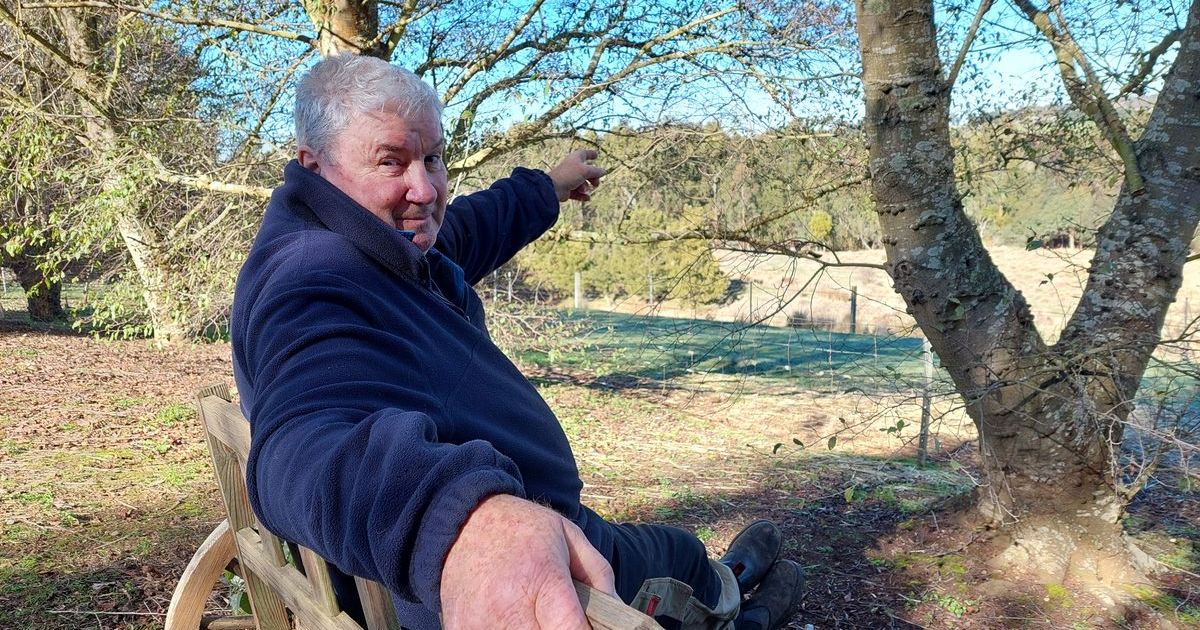
Threatened: Archie Conroy points to the view he says would be ruined by transmission towers about 250 metres away. Photo: DARREN McLEAN
STANDING outside Archie Conroy’s house on his family property just north of Ballan, the tranquillity and almost utter silence are striking.
Virtually uninterrupted views of rolling farmland in every direction add to a sense of peace, contentment and comfort – not to mention the crispness of the country air.
But if you ask Mr Conroy, all those things will be destroyed if the controversial Western Renewables Link (WRL) goes ahead in its current form and on its proposed route.
For example, a wooden garden bench where Mr Conroy’s wife Carmel liked to sit and look out over the landscape is now basically no longer used.
The scene Carmel liked to gaze at would be blighted by immense transmission towers in her direct line of sight and she had lost her enjoyment of it, he said.
“She can’t handle it,” Mr Conroy said, adding that Carmel had basically given up and wanted to leave.
“But what are we going to do? We’ve put 35 years into this, we’ve raised four kids…this is our family home and they’re forcing us out.”

Mr Conroy is a beef and sheep farmer and has also produced vegetables in the past.
He had been considering reintroducing vegetable production, particularly cabbages and cauliflowers, but the prospect of the transmission towers has ruled that out.
Mr Conroy, a volunteer with the Ballan CFA, is a member of the Western Victoria Community Alliance, one of several groups fighting the link and its proposed route and which has its own Facebook page.
“It’s divided the whole community,” he said of the project. “It’s put family member against family member, neighbour against neighbour.”
Mr Conroy said a simple option had been to build the towers on existing easements – a solution suggested at the start of the process as long as five years ago but which had been ignored.
He said landowners like him were now being made to feel they were opposing renewable energy in its entirety but that was not the case – the WRL was simply a bad plan.
Mr Conroy said his property alone – which measures about 300 hectares and has been in the family for about 140 years – had been earmarked to have four towers on it.
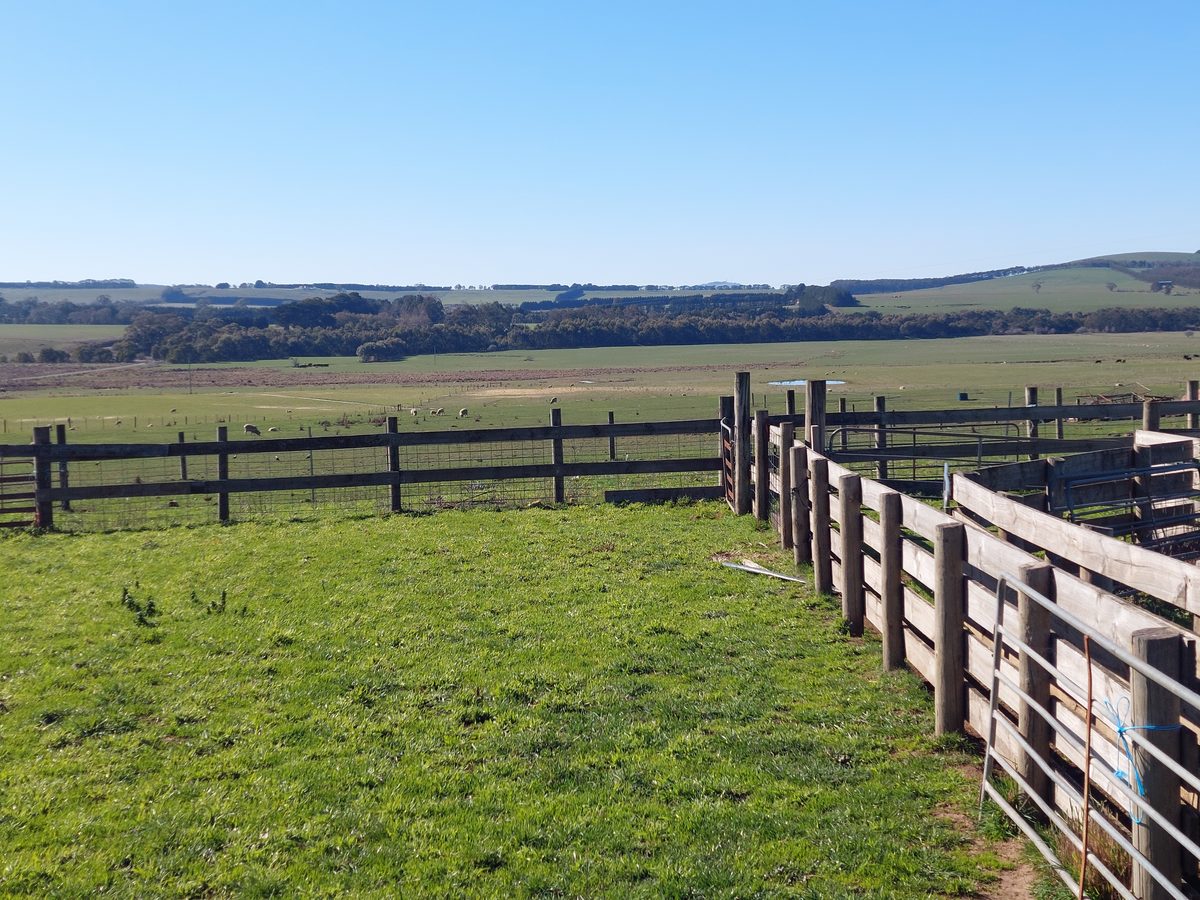
“When it first started it was coming right over the house here,” he said. “We said ‘You can’t do that’ and they said ‘Well, you can shift’.”
Mr Conroy’s resolve eventually forced a realignment, with the towers now proposed to be built about 250 metres away but still plainly in sight.
He said the WRL as it is proposed would not only ruin his family’s lifestyle, it would also ruin their future.
It had probably already had a detrimental effect on the property’s value, he said, adding that landowners were being offered financial incentives to allow towers on their land.
But despite that short-term gain, it would wipe hundreds of thousands of dollars of value from those properties in terms of selling them, he said.
Mr Conroy said about 70 farms in an area stretching from Gordon to Myrniong were in the firing line, and virtually every owner was resolute in not allowing contractors on their land.
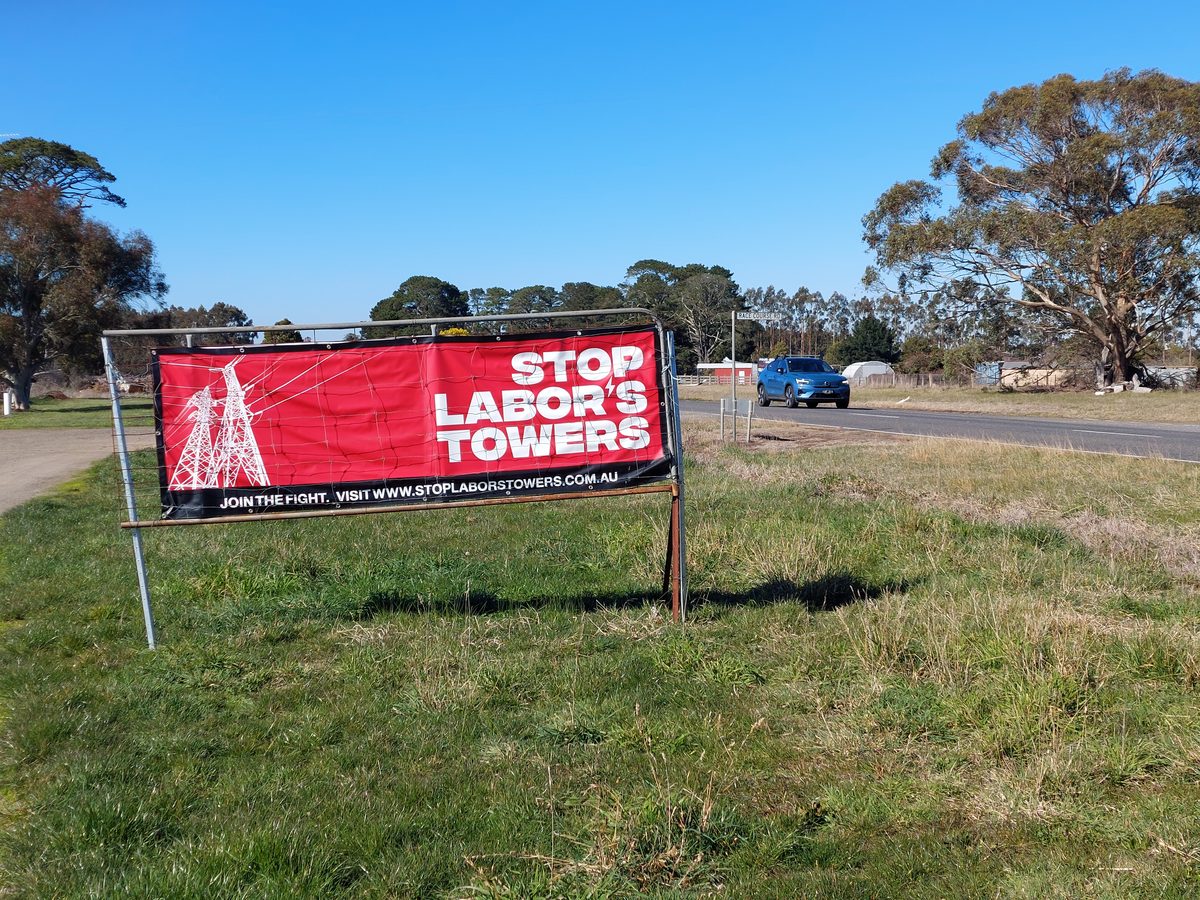
That is despite a recent vote in the state parliament’s lower house approving legislation that could impose fines of up to $12,000 for an individual who blocks access to their land.
“If you think of the police, they can use reasonable force to get past us and if we hinder them they can take us and put us in jail,” Mr Conroy said.
“[But] what are they going to do? They’ve already put a noose around our neck anyway.
“If we can’t fight for what we already own, or what some are still paying off, what are we here to fight for?”
Mr Conroy said apart from the aesthetic drawbacks of the towers proposed for his land, they would also be a problem for firefighting and would emit a constant, audible low hum.
Submissions on the WRL Environment Effects Statement issued by proponent AusNet close next Monday, and from there Mr Conroy said the process would just keep rolling on.
“I think over the years a lot of people have fought fire, flood, damage and depressed prices, and now we’ve got our own government trying to destroy us – destroy our properties, destroy our futures and destroy our industry,” he said.
But Mr Conroy said he and other landowners were not about to give up.
“I’ll do whatever it takes to protect my property, my family’s interests and my future – like any other person would,” he said.











